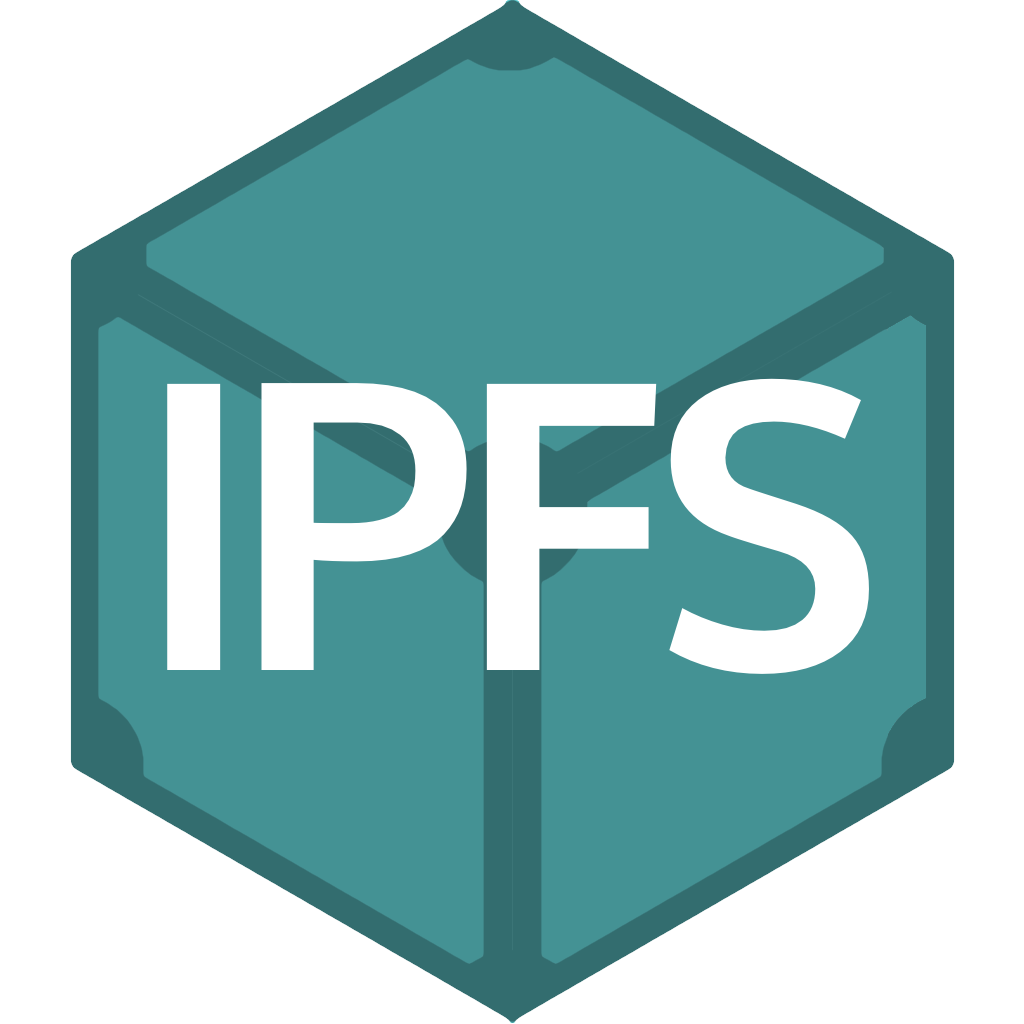The evolution of the internet can be broadly categorized into three phases web1, web2 and web3. The early internet Web1 developed in 1990 was largely static, consisting of read-only websites. After Web1 in year 2000, Web2 introduced dynamic, user-generated content and interactive experiences. Now from 2010, web3 joins the internet competition which is built on blockchain technology, offering a trustless and decentralized architecture.
Introduction to Web3 Development

Web3, short for “Web 3.0,” represents the next generation of the internet, one that is decentralized, user-centric, and trustless. Unlike the current Web 2.0, where large corporations and central authorities control data and user interactions, Web3 aims to democratize access to services by eliminating barriers associated with conventional banking institutions through blockchain technology, smart contracts, and peer-to-peer networks. Web3 development involves creating applications that run on decentralized networks and leverage blockchain technology to enable trust, transparency, and user ownership. These applications can range from decentralized finance (DeFi) platforms, non-fungible token (NFT) marketplaces, decentralized social networks, to supply chain management systems — the possibilities are virtually limitless.
Tools and Frameworks for Building Decentralized Applications
To embark on your journey as a Web3 developer, you’ll need the right tools and frameworks. Here are most important tools you should consider to get started.

Etherum
Ethereum is the leading platform for smart contract development and is one of the most popular blockchain platforms for Web3 development. It provides a robust ecosystem for creating smart contracts and decentralized applications. You can also use Solidity, a programming language specifically designed for Ethereum, to write smart contracts.

Truffle
Truffle is a development framework for Ethereum that simplifies smart contract development, testing, and deployment. It is a comprehensive Ethereum development suite.

IPFS (InterPlanetary File System)
IPFS is used for distributed file storage that allows you to store and retrieve data in a peer-to-peer network.

Remix
Remix is a web-based IDE (Integrated Development Environment) specifically tailored for Ethereum smart contract development. It provides a user-friendly interface for writing, testing, and deploying smart contracts.

Web3.js and ethers.js
Web3.js and ethers.js are JavaScript libraries used for interacting with Ethereum and other blockchain networks.

Hardhat
Hardhat is a flexible and modern Ethereum development tool that streamlines smart contract testing, deployment, and development.
Conclusion
In conclusion, Web3 development represents a revolutionary shift in how we build and interact with digital applications. By harnessing blockchain technology and decentralized networks, Web3 developers have the potential to shape the future of the internet, making it more secure, transparent, and user-centric. Web3 revolution is possible, driven by the growing demand for decentralization, transparency, and user control. Here are few challenges which need to overcome:
- Scalability and user experience need improvement.
- Regulatory uncertainty and mainstream adoption barriers.
- Energy efficiency concerns for some blockchain systems.
If these challenges are addressed, Web3 could lead towards a revolutionary shift in digital interaction, enabling a more equitable and decentralized internet.

Leave a reply